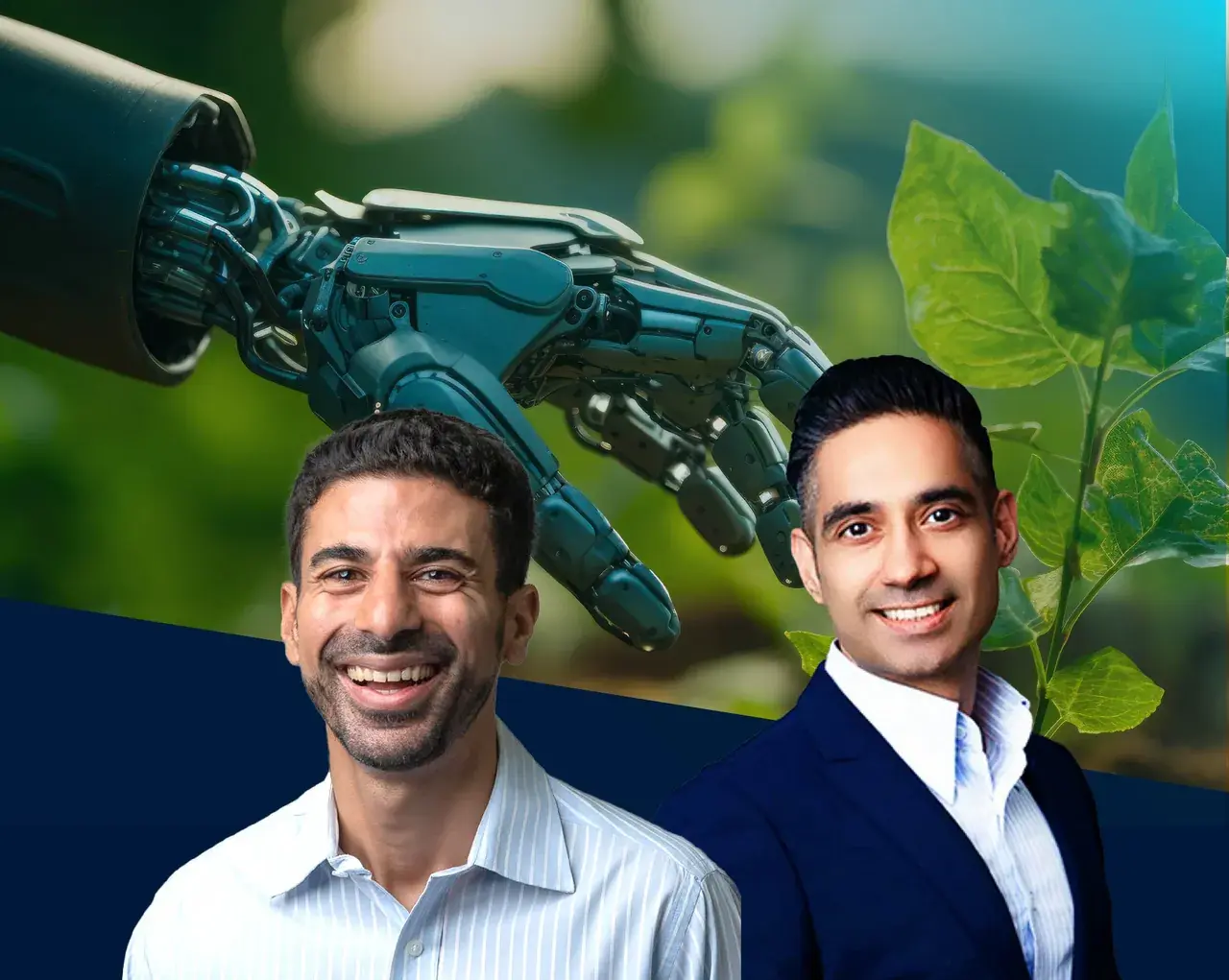The Environmental Stakes of AI
As artificial intelligence (AI) continues to revolutionise industries globally, it is crucial to address its environmental implications. With estimates indicating that data centres consume approximately 4% of global electricity1, the Green impact of AI is substantial. This rapidly growing energy consumption raises alarms about climate change and necessitates a shift towards sustainable AI practices. Implementing Green AI policies can help mitigate these effects while promoting innovation and efficiency.
Our latest podcast explores this issue in depth, featuring sustainability expert Zal Dastur and Ankit Kochar, Director of Sales at AIQURIS. They break down how AI is shaping a greener future while addressing its rising energy demands.
Understanding Green AI and Its Importance
What is Green AI?
Green AI refers to environmentally friendly approaches in developing and deploying AI technologies that minimise ecological impacts. It emphasises reducing carbon footprints associated with machine learning processes by optimising computational efficiency. Research highlights that training large models like ChatGPT can result in emissions equivalent to those produced by over 120 homes in a year—an alarming statistic that underscores the need for greener solutions2.
The Current Landscape of AI's Environmental Impact
A recent study showed that training deep learning algorithms can produce up to 284 tonnes of CO2 per model. This amount is five times higher than the average yearly emissions of an American car1. Such statistics draw attention to the urgent necessity for organisations to adopt Green AI strategies that prioritise sustainability without sacrificing performance or innovation.
Government Initiatives Shaping Sustainable Innovation
Governments around the world are increasingly recognising the importance of establishing Green AI policies to facilitate sustainable innovation. Recently, at the AI Action Summit in Paris, India and 57 other nations signed a joint statement advocating for inclusive and sustainable AI development. This agreement promotes human rights-based frameworks that enhance accessibility while narrowing inequalities in access to technology3.
Notably, China was not among the signatories of this specific agreement. However, it's crucial to acknowledge China's independent strides in Green AI. As Zal stated, 'China has set net-zero goals and is the only country pulling them forward ahead of schedule, showing a strong commitment to Green AI policies.' This demonstrates a significant national commitment to sustainable practices, albeit through its own distinct Green AI initiatives, which may operate outside the scope of the Paris summit's joint statement.
These collaborative efforts lay the groundwork for establishing standards that ensure responsible deployment across borders. Strategic government investments in clean energy and AI regulation create an ecosystem where businesses can innovate while minimising environmental impact. Encouraging green partnerships between public sectors and private enterprises is vital to fostering technological advancements that align with sustainability objectives.
Also, the European Union’s AI regulations show a proactive way to ensure ethical AI development. These guidelines stress the need for transparency, accountability, and inclusivity within the AI sector, thus guiding companies toward more sustainable practices4.
A Roadmap for Implementing Green AI
The fundamentals for implementing Green AI have been widely discussed in recent years, with trusted sources like Microsoft’s Sustainability Playbook and Accenture’s insights on generative AI offering globally accepted principles. These organisations emphasise sustainability, efficiency, and compliance as core pillars for transitioning to Green AI. Below are the primary fundamentals based on their frameworks:
-
Assessment of Energy Consumption
Conduct energy audits to measure the carbon footprint of AI systems and identify inefficiencies. Tools like emissions calculators and real-time monitoring dashboards can provide transparency5.
-
Optimisation of AI Models
Use techniques such as model pruning, quantisation, and efficient neural architectures to reduce computational demands without sacrificing performance6.
-
Integration of Renewable Energy
Transition data centres and computational resources to renewable energy sources, ensuring that AI operations are powered sustainably5.
-
Hardware Efficiency
Invest in energy-efficient processors (e.g., TPUs or specialised CPUs) and optimise hardware configurations to minimise energy usage during training and inference6.
-
Sustainable Data Practices
Use data deduplication, compression, and active learning techniques. These methods will lower storage needs and processing costs. They will also keep your datasets high-quality7.
-
Collaboration and Policy Alignment
Engage with industry alliances (e.g., Climate Change AI) and align AI operations with global sustainability standards such as ISO 14001 or the EU AI Act5.
Zal even discusses Singapore’s green implementations in the podcast, "Singapore has introduced a carbon tax, pushing companies to improve their sustainability efforts. However, AI-related emissions remain a challenge.”8 Such regulatory efforts align with AIQURIS' mission to help businesses scale AI responsibly while maintaining sustainability. By integrating these principles into their operations, firms can foster a culture of sustainability that resonates with consumers and stakeholders alike.
Conclusion: Embracing the Future of Green AI
The path towards Sustainable AI is filled with challenges, but it presents invaluable opportunities for innovation and leadership in sustainability. AIQURIS offers tailored AI governance solutions, ensuring sustainability is built into AI deployment from risk profiling to compliance monitoring. Businesses looking to future-proof their AI strategies can leverage AIQURIS to align with Green AI principles effortlessly.
Embracing these strategies will not only contribute to organisational success but also drive our collective journey towards a more sustainable future. As stated by Zal, "Most people don’t think about sustainability as much as they should. Once you see it, you can’t unsee it. That’s why Green AI policies must go beyond regulations and become an industry standard."
For deeper insights on AI and sustainability, listen to our full podcast discussion with Zal Dastur and Ankit Kochar here.






